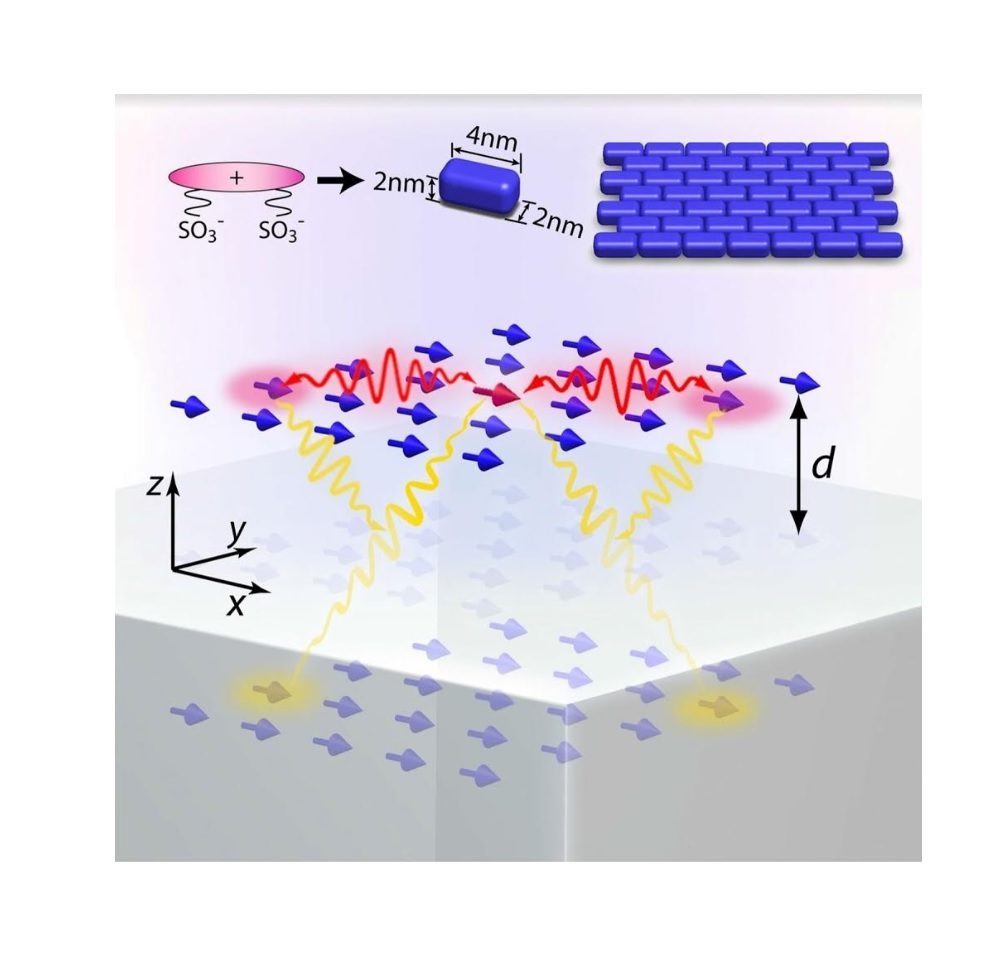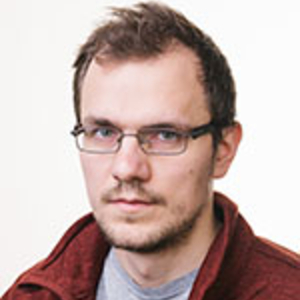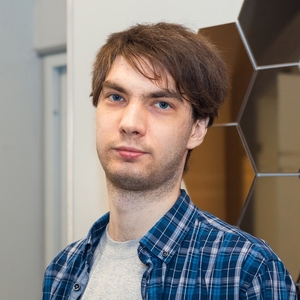Study
 This course of classical electrodynamics is intended for the first-year master students studying the master program "Nanophotonics and metamaterials". The course consists of two logically connected parts: (i) elements of electrodynamics of continuous media; (ii) nanophotonics and metamaterials physics. The aim of the first part of the course is to introduce theoretical methods to describe the propagation of electromagnetic waves in continuous media and periodic structures. The course will also focus on theoretical methods of nanophotonics and approaches to describe metamaterials electromagnetic properties. The second part of the course is devoted to the semi-analytical methods to describe properties of model optical nanostructures. The focus is made on classical description of the interaction of point sources of electromagnetic radiation with optical nanostructures. Emission properties of the sources interacting with such model objects as layered systems, waveguiding structures and nanoparticles are considered; their common features and main differences are discussed. During the course, students are offered to perform simple numerical calculations and make a presentation after studying the research paper related to one of the considered topics
This course of classical electrodynamics is intended for the first-year master students studying the master program "Nanophotonics and metamaterials". The course consists of two logically connected parts: (i) elements of electrodynamics of continuous media; (ii) nanophotonics and metamaterials physics. The aim of the first part of the course is to introduce theoretical methods to describe the propagation of electromagnetic waves in continuous media and periodic structures. The course will also focus on theoretical methods of nanophotonics and approaches to describe metamaterials electromagnetic properties. The second part of the course is devoted to the semi-analytical methods to describe properties of model optical nanostructures. The focus is made on classical description of the interaction of point sources of electromagnetic radiation with optical nanostructures. Emission properties of the sources interacting with such model objects as layered systems, waveguiding structures and nanoparticles are considered; their common features and main differences are discussed. During the course, students are offered to perform simple numerical calculations and make a presentation after studying the research paper related to one of the considered topics
Part I. Electrodynamics of continuous media
- Maxwell's equations in the medium, constitutive relations. Different systems of units in electrodynamics. Wave propagation in anisotropic media. Isofrequency surfaces. Uniaxial crystals. Ordinary and extraordinary waves. Hyperbolic media.
- Analytical properties of dielectric permittivity: Kramers-Kronig relations; symmetry of the dielectric permittivity function; reciprocity theorem.
- Dissipation rate, field energy and Poynting vector in the medium with frequency dispersion. Group velocity.
- Local and nonlocal material parameters. Optical activity and bianisotropy. Zero bianisotropy in crystals with inversion symmetry. Link with the spatial dispersion framework. Dependence of material parameters on external fields, magnetic-optical effects
- Spatial dispersion. Spatial dispersion in «isotropic» medium, longitudinal waves. Additional waves, exotic dispersion regimes, notes on additional boundary conditions. Spatial-dispersion-induced birefringence.
- Elements of nonlinear optics. Effective nonlinear susceptibilities. Sum and difference frequency generation. Intensity-dependent refractive index, selfaction effects. Stimulated Raman scattering
- The passage of charged particles through matter: ionization losses in nonrelativistic case. Cherenkov radiation. Transition radiation
Part II. Nanophotonics and metamaterials
- Interaction of quantum emitters with nanophotonics structures: classical description. Modification of emission properties due to interaction with environment: nanoantennas and Purcell effect.
- Dyadic Green's function.
- Reminder: T-matrix method for layered structures. Propagation of light in periodic structures: primitive cell, Brillouin zone, Bloch theorem, photonic bandstructure.
- Modification of dipole emission near layered structures.
- Interaction of a point dipole with cylindrical waveguides.
- Arrays of scatterers, summation techniques, discrete dipole method, wire media. Coupling of a dipole to nanoparticle arrays.
- Scattering by spherical particles: Mie theory. Scattering by dielectric cylinders; superscattering regimes.
- Emission by multipoles, multipole decomposition, power and angular dependence of radiation emitted by multipoles.
- Elements of semiconductor physics: excitons and exciton-polaritons, their dispersion.
1. L.D. Landau, E.M. Lifshitz. Electrodynamics of continuous media. Pergamon Press, 1984 (2nd ed).
2. J.D. Jackson. Classical electrodynamics. John Wiley & Sons, 1962.
3. M. Born, E. Wolf. Principles of optics. Pergamon Press, 1965.
4. V.M. Agranovich, V.L. Ginzburg. Crystal optics with spatial dispersion and theory of excitons. Springer, 1984.
5. R.W. Boyd. Nonlinear Optics. Academic Press, 2nd ed, 2003.
6. Y.R. Shen. The principles of nonlinear optics. Wiley-Interscience, 2002.
7. L. Novotny, B. Hecht. Principles of nano-optics. Cambridge University Press, 2006.
8. C.F. Bohren, D.R. Huffman. Absorption and Scattering of Light by Small Particles. Wiley, 1998.
9. М.Б. Виноградова, О.В. Руденко, А.П. Сухоруков, Теория волн, M. 1979, 384с. (In Russian).
10. Katsunari Okamoto, Fundamentals of Optical Waveguides, Elsevire, 2006, 561p
Grading policy:
Final grade is based mostly on the final exam but is also affected by the results of two interim tests. To be admitted to the exam, the student has to pass both interim tests, make the presentation and solve all basic homework problems.



